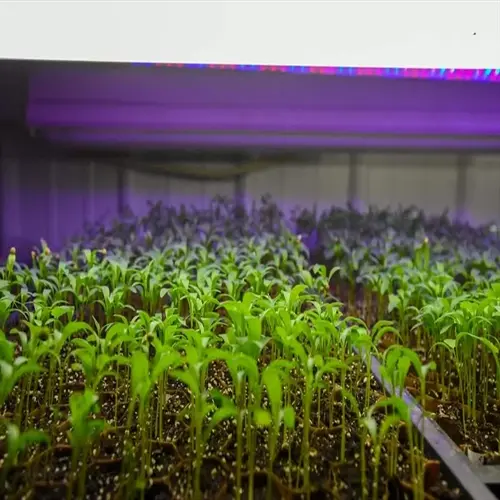Should seedlings be in direct sunlight?

Written by
Nguyen Minh
Reviewed by
Prof. Samuel Fitzgerald, Ph.D.Seedlings require specific sunlight management to grow well and not be harmed by damage from having too much sun too soon. Leaf scorch and stunted growth can happen from too much direct sun too soon. Too little light causes weak plants. I learned this balancing act when my pepper seedlings were unshaded and turned bleached white within a couple of hours. The shaded seedlings recovered in only weeks. Gradually exposing seedlings is crucial for healthy development.
Hardening Phase
- Start with morning shade only for first 3 days
- Increase exposure 30 minutes daily
- Use 40% shade cloth in hot climates
Post-Transplant Protection
- Install temporary shade structures for 2-3 days
- Water foliage early to cool plants
- Monitor for leaf curling or bleaching
Hardening off is all about the light progression. Begin in full shade, increase to dappled sunlight, then full sun. I take a 7 day approach: days 1-3 in full shade, days 4-5 in morning sun, days 6-7 in full sun. This week long progression strengthens leaf tolerance to sun and prevents solar damage.
Species of plants have very divergent light requirements. Tomatoes prefer full sun immediately after hardening, while lettuce bolts under full sunlight. I practice companion planting where taller crops are used to provide afternoon shade for delicate seedlings. Be sure to learn your plants' needs before positioning them.
Climate dictates Protective schemes. In desert climates, I shade for 50% during peak hours, and more humid climates protect less but add more airflow. My sun exposure diary recommends a direct sun transition of 65-80°F as optimal.
Recognize sun stress immediately. White bleached patches indicate excessive exposure, and yellowing indicates light starvation. Curled leaves mean heat stress. I carry a misting spray bottle for stressed plants and move them to shade in minutes.
Consider sunlight in relation to your moisture requirements. Sunshine increases evaporation from soil, leading to more frequent watering. During heat waves, I check my sandy beds in the middle of the day. Adequate moisture levels limit the demands from the combination of sun and water, thereby creating less stress on seedlings.
Read the full article: When to Transplant Seedlings: Ultimate Guide

